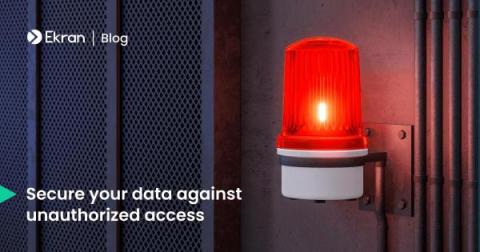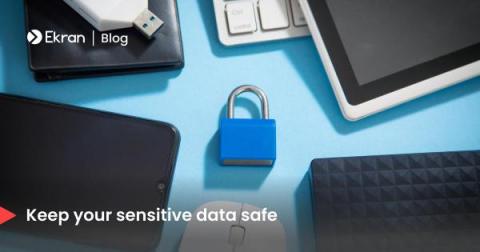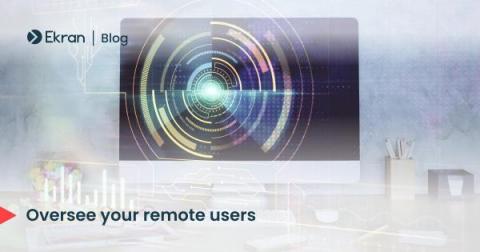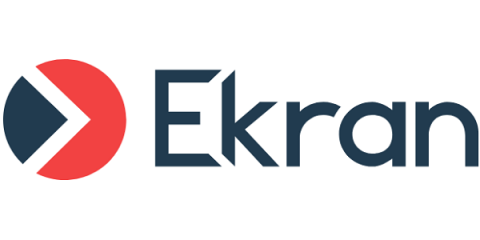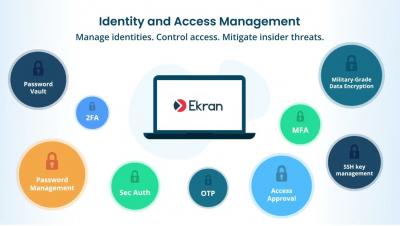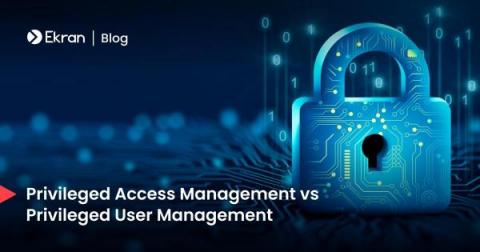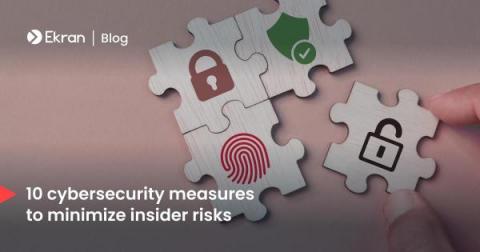Security | Threat Detection | Cyberattacks | DevSecOps | Compliance
Ekran
How to Prevent Data Theft by Departing Employees: 7 Best Practices
How to Record and Monitor RDP Sessions with Ekran System [Hands-on Guide]
7 Best Practices to Secure System Administrators' Privileged Accounts
System administrators hold the keys to your organization’s cybersecurity. However, their accounts can also be a source of cybersecurity risks to your company. Both cybercriminals and malicious administrators can exploit the elevated privileges for their own benefit. In this article, we explore key risks coming from admin accounts and offer seven effective best practices on how to protect administrative access to your organization’s critical systems and data.
All-in-One Insider Risk Management Platform - Ekran System
Privileged User Management vs Privileged Access Management: What's the Difference?
Top 10 Best Practices for Privileged User Monitoring
Privileged users are an essential part of any organization. However, with access to commercial secrets and to the most vulnerable parts of the corporate network, they can pose high risks to your corporate cybersecurity. For this reason, the more privileges users have, the closer they need to be monitored. Furthermore, privileged user monitoring (PUM) is a requirement of multiple laws, regulations, and data security standards including NIST 800-53, GDPR, and HIPAA.
How Can Ekran System Protect You against Infected USB Devices?
Your Security Guide to Insider Threat Protection: 10 Best Practices to Follow
Mandatory Access Control vs Discretionary Access Control: Which to Choose?
Access control is one of the most important cybersecurity practices. Careful adjustment of users’ access rights helps to secure sensitive data and reduces the chance of a successful attack. However, choosing an access control model relevant to your organization can be tricky. In one of our previous posts, we reviewed role-based and attribute-based access control models. This article discusses use cases for mandatory and discretionary access control models.


